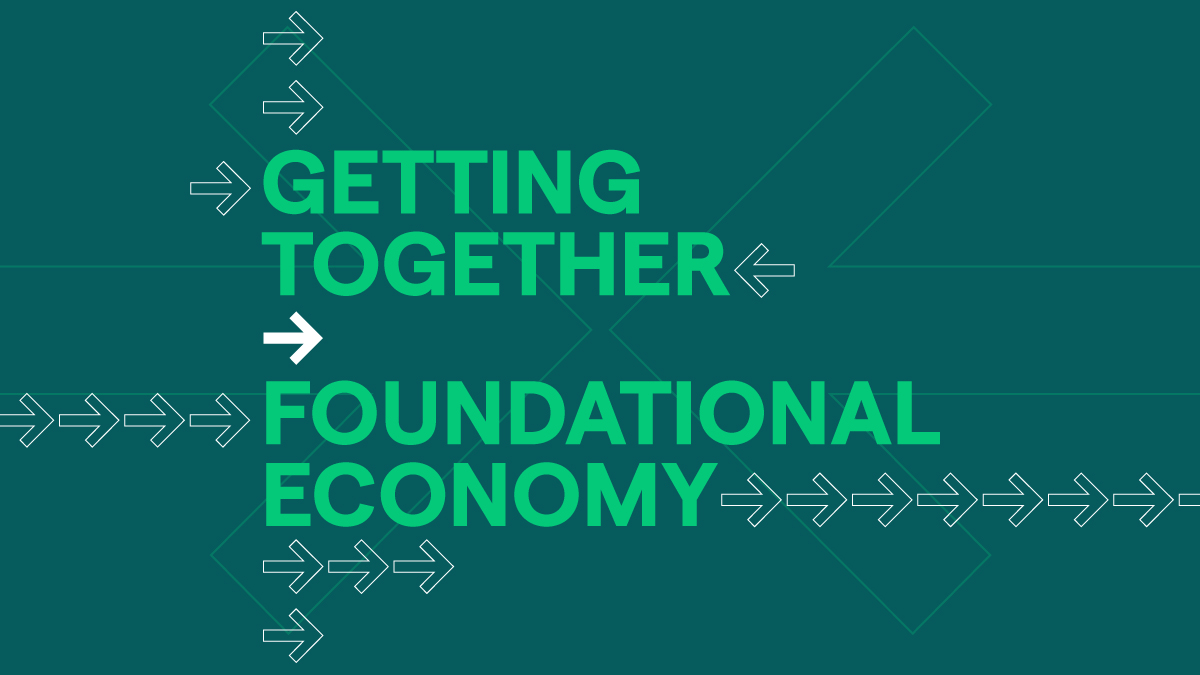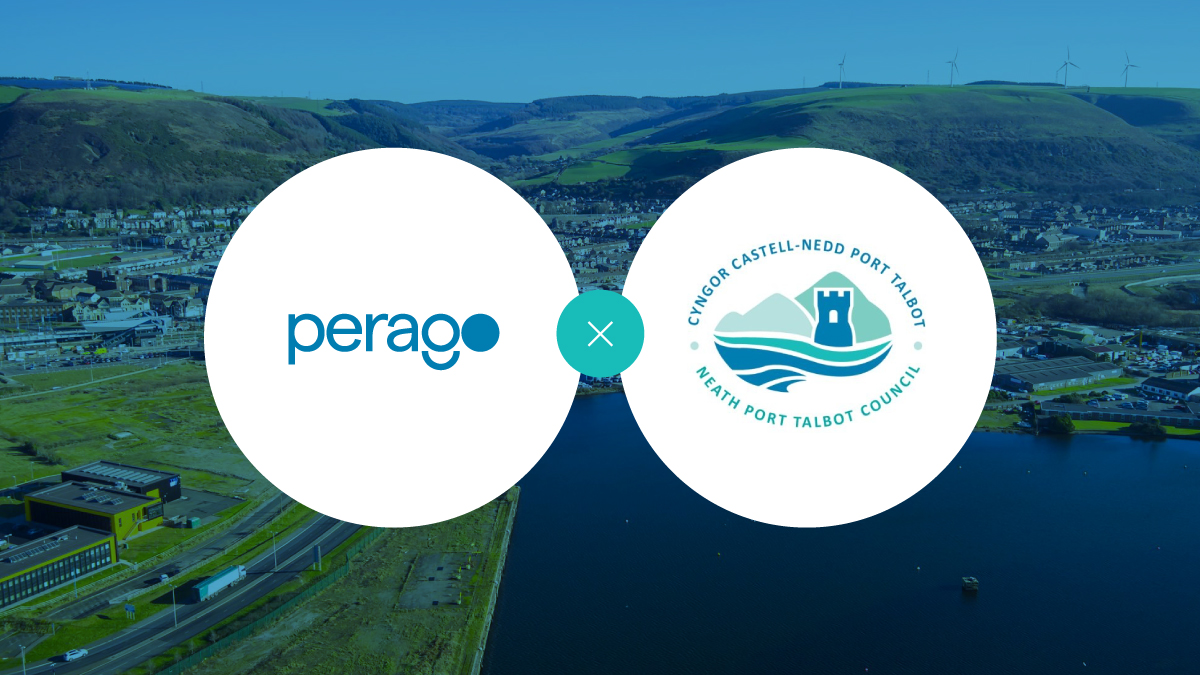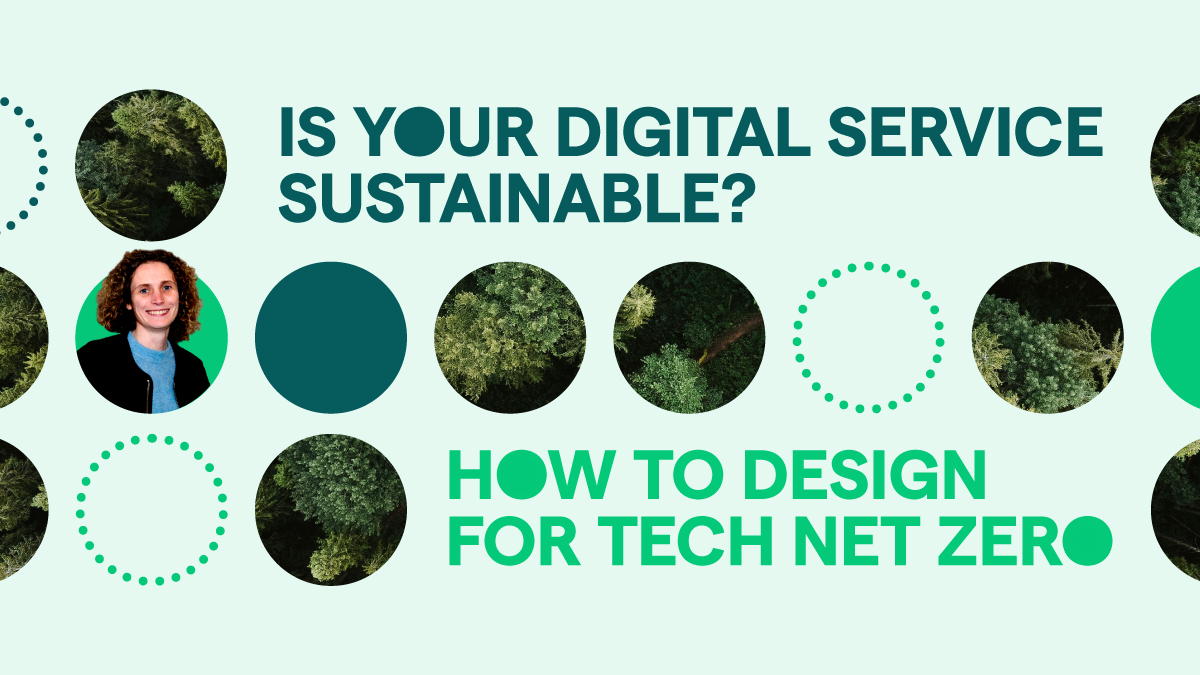Repairing the repairs service at Richmond Housing Partnership
8 min read Written by: Chris Elias
Since joining Perago in October, I’ve been working with Richmond Housing Partnership (RHP), a housing association in South West London, to improve their responsive repairs service. This is the third project Perago have worked with RHP on over the past few months and I was thrilled to have joined just at the right moment to lead on it.
RHP had identified the opportunity to improve how they are managing customer repair jobs. As an organisation keen to take a user centred approach to improving services, they didn’t launch straight into procuring a piece of technology. Instead, RHP asked us to help them get a deeper understanding into the perceived problem in order to inform their next steps.
Joining the dots
My colleague Sunmi and I interviewed people from across various teams at RHP. We spoke to people from customer services, home maintenance, finance and IT. We learnt about what they each need to do in order to play their part in the repairs service, what works well for them and what’s causing them issues. We pulled this information together into a map called a service blueprint. This illustrates the typical customer journey for getting a repair and all the things that go on behind the scenes at RHP to make it happen. The blueprint helped us make sense of how everything fits together and to visualise where problems are occurring.
Defining the problem
Once we had an end-to-end view of how the service operates internally, our next step was to summarise and articulate the problems we could see occurring. Framing problems to create shared understanding amongst teams is my wheelhouse. However, I always seem to forget that before you can have clarity you have to embrace mess!
Initially the problems we were seeing felt very intertwined but after some pondering, we managed to untangle them. We started the project with a broad loosely defined problem statement and managed to boil our findings down into seven smaller problem statements for RHP to work on. Having things broken down into well-defined chunks allows teams to make decisions about priorities and scope for future projects, meaning it will be easier to stay focussed and deliver incremental improvements.
But what about the customers?!
You might be feeling puzzled that I’m a user centred designer but have got this far into a project without speaking to any RHP customers. Although we had collected information from several customer facing colleagues across RHP, you’d be right to point out that our understanding of the customer experience was based on assumptions.
I pondered this and arrived at the following conclusions. User research is a method of reducing the risk that an organisation invests in solutions that don’t meet customer needs. For this project I can see two risks by not doing user research with customers.
We wrongly assume that improving internal processes will improve things for customers.
Our original brief centred around the operational issues RHP have with managing repairs. It emerged that the rational for doing something about the problems is strong, even if there are no direct changes to the customer experience. This is because we’ve identified opportunities to save time and money that can be pumped back into delivering better services for customers in other ways.
However, we also hypothesised that when things don’t work well internally, it has a knock-on effect on the customer experience. To explore this, I partnered with colleagues at RHP on some customer research. We interviewed residents about their experience getting a repair and learnt that a lot of the issues they faced did directly relate to the operational issues highlighted by our research. This gives us confidence that by focussing on improving how things are managed internally, it is likely to directly improve the experience for customers.
We optimise for the ‘as-is’ rather than reimagining how things work.
The other risk we face is by focussing on improving internal operations, we miss the opportunity to more fundamentally rethink the repairs service. Like most services in most organisations, there will be processes at RHP that have evolved over time and aren’t how we’d actively design things today if we were starting from scratch. Although we might create improvements for RHP and for customers through incremental improvements to the ‘as-is’ way of working, the results will be limited by our view of how things have always been done. It would be more ambitious to disregard how things work today and instead focus on what customers really need when getting a repair and design on a blank sheet of paper how teams and processes could work to support that.
I agree with this way of thinking, however I also recognise the need to be pragmatic. RHP are doing commendable work behind the scenes to kick off their transformation journey and there’s things that need to happen before fully redesigning their services is on the horizon. So instead, we have supported them to approach some user-centred incremental improvements today, with a vision for radical transformation in the future.
What will RHP be doing next?
RHP will be taking the work forward and exploring the possibilities we presented to create a simpler customer journey by using design and technology to redesign internal processes.
Adam Taylor, Project Manager at RHP has said:
“Working with Perago was a great experience for RHP, it has been refreshing to collaborate with a consultancy who put the needs of staff and customers at the heart of service design. The team at Perago are very professional, yet personable and have challenged us to think in a way we may not have before – we will be looking to continue the relationship with Perago when we embark on our transformation programme journey”





